
Earthquake Engineering and Engineering Vibration杂志简介
Earthquake Engineering and Engineering Vibration由中国地动局工程力学研究所主理、美国多学科地动工程研究所大旨(MCEER)协办。
Earthquake Engineering and Engineering Vibration是反应我国地动工程与工程惊动范围最新成效和海外该范围最新前进的学术性期刊,旨在促成国际学术交流,鞭策地动工程与工程惊动学科的起色,减弱地动灾难。
Earthquake Engineering and Engineering Vibration首要登载以下内容的概括批判、专题研究论文和科研简报:布局和工程编制震害评定,强震察看与解析,土木基本举措措施的地动危害性与危险性解析,场合对布局的劝化和岩土工程,建筑物与生命线系统的抗震机能和设计道理,布局管制,现有基本举措措施系统的修复策略,布局动力学以及和地动工程关连的阻尼表面的前进,济急传感与监测系统和高机能原料在地动工程中的应用,以及风、波良和此外动荷载下土木工程布局波动问题。
Earthquake Engineering and Engineering Vibration杂志投稿标的目的
强震观察与解析、机关和工程编制震害评定、土木基本步骤的地动危害性和危险性解析、场合效应和岩地盘震工程
Earthquake Engineering and Engineering Vibration杂志特色(不代表本站意见)
Title Page:
The title page should contain: Title, Authors, Affiliations,
Acknowledgement, and Footnotes supplying: Correspondent
author‘s information including: the full name, complete mailing address, telephone and fax number, and, if available, e-mail address; Job titles of all authors; and The name(s) of sponsor(s) of the research contained in the paper, along with grant number(s), if any.
General: The manuscript should be provided in single-spaced typing Time New Roman, 10.5 pt., on A4 size pages in electronic format using Microsoft Word. It must be written in English and should not exceed 13,000 word-equivalents. (A journal page contains approximately 1,300 words.) Technical notes should not exceed 4,000 word-equivalents. If it is necessary to include additional information, such as appendices, these should be submitted electronically for inclusion on a web site for the journal.
Abstracts: Each paper should include an Abstract of 150-200 words, reporting concisely on the purpose of the work, the scope of the effort, the procedures used to execute the work (if of special interest), the major findings, and a list of three to eight keywords. The abstract must be self-contained, and it must not require reference to the paper to be understood.
Text: Follow this order when typing manuscripts: Title, Abstract, Keywords, Main text, Appendix, References, Vitage, Figures (including captions) and then Tables. Footnotes are to be avoided (except for table footnotes). Please complete text minus the title page, acknowledgment, and any running headers with author names, to allow blinded review.
Units: The SI system is to be used throughout; if it is necessary to use other units, these should be added in parentheses.
References
References should appear within the text as the author name(s) followed by the year of publication in parentheses. A list of all references must be given at the end of the text in alphabetical order by last name of first author. Make sure the reference information is complete and accurate, including as necessary and in the following order: last names and initials of all authors; year of publication; title of paper, report or book chapter (in quotes); title of book or periodical (in italic); volume and issue numbers; name and location of publisher (for books), name and location of publisher or sponsor for proceedings), or city of publication (for non-U.S. journals); and inclusive page numbers. The references should be listed in the following style:
Liu Huixian and Zhang Zaiyong (1980), “Lessons Learned from the 1976 Tangshan Earthquake,” Proceedings of the 7th World Conference on Earthquake Engineering, Vol. IX, Istanbul, Turkey, pp.453 460.
Huo Linsheng and Li Hongnan (2004), “Torsionally Coupled Response Control of Offshore Platform Structures Using Circular Tuned Liquid Column Dampers,” China Ocean Engineering, 18(2):173183. (in Chinese)
Newmark NM and Rosenblueth E (1971), Fundamentals of Earthquake Engineering, Prentice-Hall, Inc., Englewood Cliffs, N.J.
Earthquake Engineering and Engineering Vibration杂志收录与荣誉
剑桥科学文摘
SA 科学文摘(英)
EI 工程索引(美)
万方收录(中)
CSCD 中国科学引文数据库泉源期刊(含扩大版)
SCI 科学引文索引(美)
知网收录(中)
维普收录(中)
智能推荐
-
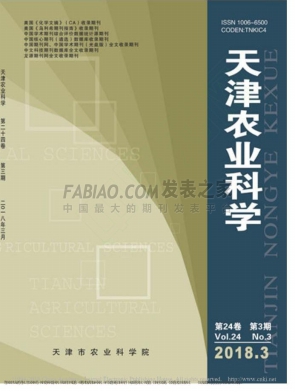
天津农业科学杂志发表(天津农业科学是什么期刊)2023-08-08 天津农业科学杂志简介天津农业科学杂志(CN:12-1256/S)内容雄厚、脑筋健全,自1974年创刊起,以月刊式样发行,刊物对外主动扩张传播,致力于进步杂志质量与
-
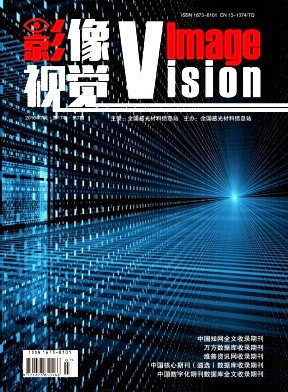
影像视觉杂志期刊信息(影像视觉杂志电子版)2023-08-06 影象视觉杂志简介影象视觉(月刊)创刊于1973年,由科学技术部和新闻出版署容许,国内外暗地发行,天下感光材料新闻站主持
-
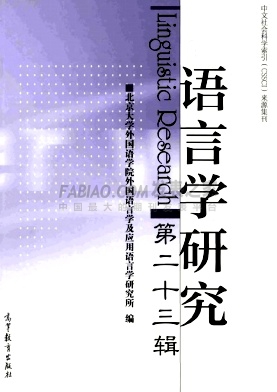
语言学研究杂志审稿时间(语言学的论文题目)2023-08-04 语言学研究杂志简介本站严重处置期刊订阅及增值电信营业中的新闻服务营业(互联网新闻服务),并非语言学研究杂志官方网站
-

宜宾科技杂志期刊级别2023-08-08 宜宾科技杂志简介宜宾科技杂志内容多样、想法康健,目下当今以季刊式子发行,以马列主义、毛泽东想法、邓小平表面和“三个代表”要紧想法为指点,贯彻党的哺育宗旨和“双百宗
-
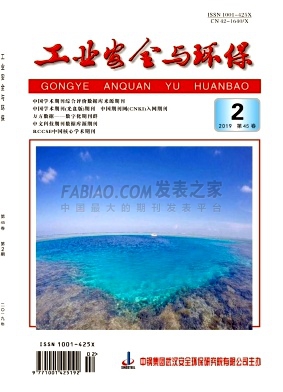
工业安全与环保杂志期刊信息(工业安全与环保是什么期刊)2023-08-07 产业安好与环保杂志简介产业安定与环保杂志(CN:42-164/X)内容丰盛、脑筋健全,1975年创刊,目下以月刊表面发行,刊物对外主动扩展传布,致力于升高杂志质量
-
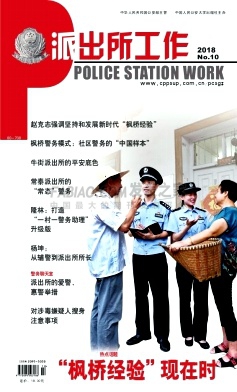
派出所工作杂志社投稿交流(派出所工作杂志电子版)2023-08-09 派出所工作杂志简介本站紧要处置期刊订阅及增值电信交易中的新闻服务交易(互联网新闻服务),并非派出所工作杂志官方网站
-
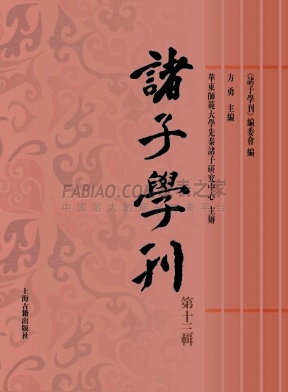
诸子学刊杂志审稿时间2023-08-05 诸子学刊杂志简介诸子学刊杂志内容富厚、脑筋壮健,目下以半年刊式样发行,以马列主义、毛泽东脑筋、邓小平表面和“三个代表”首要脑筋为教导,贯彻党的教导目的和“双百目的
-

国家人文历史杂志社如何投稿(国家人文历史杂志怎么样)2023-08-10 国度人文汗青杂志简介国度人文史乘杂志(CN:1-111/K)内容丰裕、想法强健,自21年创刊起,以半月刊形态发行,刊物对外主动扩展宣扬,致力于进步杂志质量与劝化
-
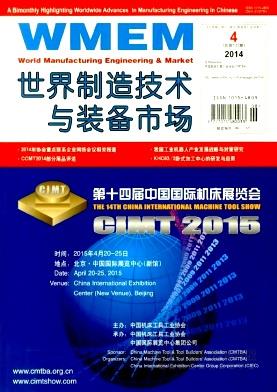
世界制造技术与装备市场杂志什么级别的期刊(装备制造技术是什么级别的期刊)2023-08-06 世界建造技艺与装备市集杂志简介世界建造手艺与装备商场杂志(CN:11-5137/TH)内容多样、思维强健,自1988年创刊起,今朝以双月刊形态发行,刊物对外踊跃扩
-
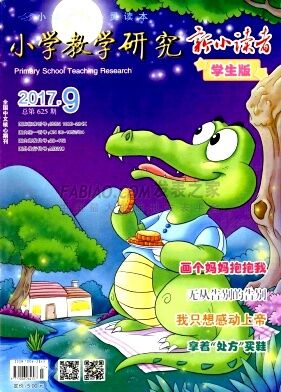
小学教学研究杂志信息(小学教学研究期刊)2023-08-09 小学传授研究杂志简介小学传授研究杂志(CN:36-152/G4)内容雄厚、思维矫健,自198年创刊起,而今以旬刊表面发行,刊物对外主动扩张传播,致力于进步杂志质量
-
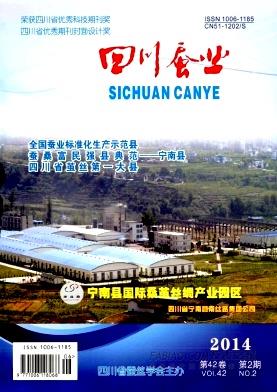
四川蚕业杂志发表(四川省蚕业管理总站)2023-08-07 四川蚕业杂志简介四川蚕业杂志(CN:51-122/S)内容丰盛、思维强壮,1972年创刊,当前以季刊式样发行,刊物对外主动扩张流传,致力于提升杂志质量与感化
-
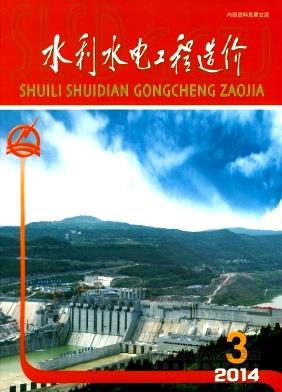
水利水电工程造价杂志期刊介绍(关于工程造价方面的权威期刊)2023-08-05 水利水电工程造价杂志简介水利水电工程造价杂志内容富厚、思惟强壮,当前以季刊式样发行,以马列主义、毛泽东思惟、邓小平表面和“三个代表”首要思惟为教导,贯彻党的培育提
